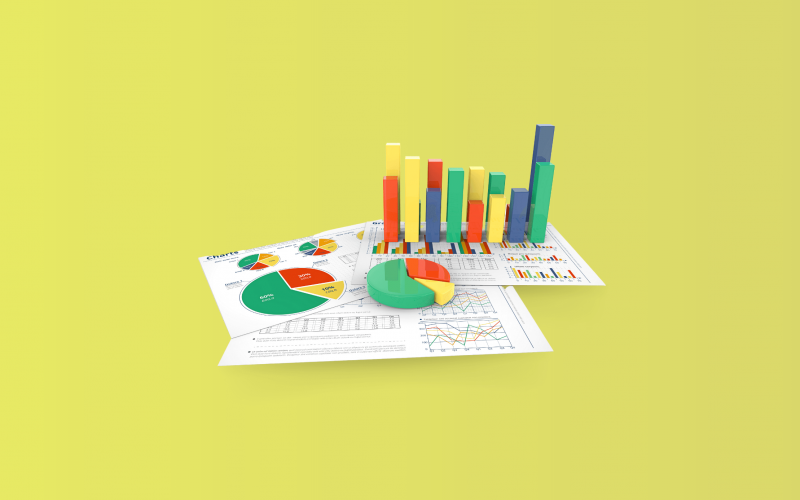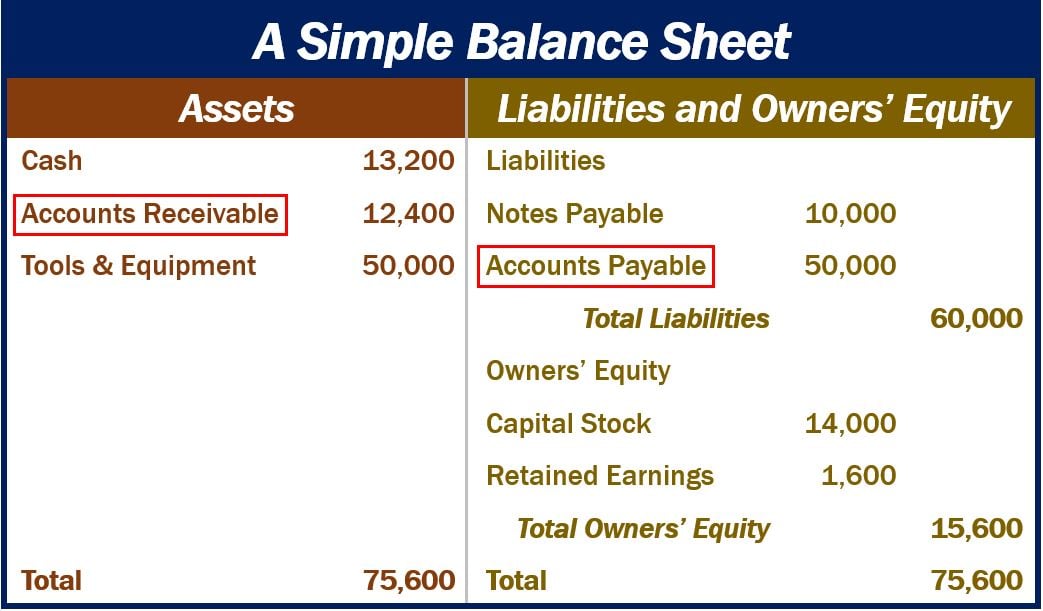
Many suppliers offer discounts to customers as an incentive to pay before the invoice due date. These discounts can bring annual returns on cash well above what can be earned on bank cash balances or other short-term investments. For accounts payable, that complexity will grow with the volume of business. These examples show the practical application of accounts payable and notes payable in everyday business scenarios.
Finance & Accounting Slack Group.
In summary, accounts payable and notes payable are essential aspects of a company’s financial management, but they serve different purposes. Managing these two liabilities is crucial for businesses to maintain healthy cash flows and ensure timely payments to vendors and lenders. While accounts payable often involve shorter-term debts and less formal agreements, notes payable typically have more extended repayment terms and involve the payment of interest. Notes payable are the written promissory notes that a company receives when it borrows money. The company posts a credit to its notes payable account for $10,000 and a debit to its cash account for $10,000. If a company plans to repay its notes payable within one year, it includes it in the balance sheet as a current liability.

Accounts Payable Vs Notes Payable
Typically, businesses record notes payable under the liabilities section of the balance sheet. The liabilities section generally comes after the assets section on a balance sheet. If notes payable are listed under a category named “current liabilities,” it means the loan is due within one year. If it’s located as a record under a category called “long-term liabilities,” it means the loan is set to mature after one year. Accounts payable affect short-term working capital, as these liabilities are paid in full within a year. But notes payable impact long-term cash flow, since payments are spread out over time and include the added expense of the interest payable.
- You must be sure that the invoice is authentic, the price is right, and that the goods or services have been delivered.
- Notes payable, a long-term liability, requires the issuer/borrower to pay interest.
- By checking the box below, you consent to GEP using your personal information to send you thought leadership content – such as white papers, research reports, case studies – and other communications.
Accounts Payable Vs. Notes Payable: What’s The Difference?
AI helps carry out two-way or three-way matches of invoices to optimize the workflow. Discover the top 12 accounts payable KPIs to track to increase performance in your Accounts Payable department and how AP automation software can help you improve them. Leveraging financing can be an effective is notes payable the same as accounts payable way of getting needed supplies and creating growth in the short term for companies that can generate revenue and adhere to repayment terms. However, when managing accounts payable, there are numerous processes that need to be performed regularly to ensure AP accuracy and proper processing.
Accrued interest may be paid as a lump sum when the full amount is due or as regular payments on a monthly or quarterly period, depending on the settled terms. These obligations generally have shorter payment terms, usually within 30 to 90 days.Terms can be longer for large ticket items, custom products or on export transactions. The above chart on the differences are identified based on some important criterias like amount, time period, convertibility, uses and source or origin. These explanations will help the learner identify both the liabilities efficiently and treat them in the books of accounts accordingly.
Payment processing
The full amount to be paid, broken up into the principal and interest amounts, is explicitly communicated (typically on an amortization schedule). Once an invoice is approved, the next step in the accounts payable process is payment. Here, too, there are complexities, especially when transactions are conducted on a global scale.
The supplier has agreed to provide everything ordered for $20,000 which can be paid in two installments of $10,000 each at 30 and 60 days following the invoice. In either case, debt payments should be budgeted and planned for to minimize the risk of damage to the business’s finances or reputation. In some cases, defaulting on the debt will trigger a repossession or pursuance of collateral. This is when the financial institution takes a physical asset like equipment, vehicles, or real estate instead of missed payments. You must be sure that the invoice is authentic, the price is right, and that the goods or services have been delivered.
In this article, we define accounts payable and notes payable, outline the main distinctions between the two, and provide some tips on how to better manage accounts payable. Notes payable represents the amount of money your business owes financial institutions and other creditors. Accounts payable is considered a short-term liability because AP invoices are typically paid within a year’s time.
